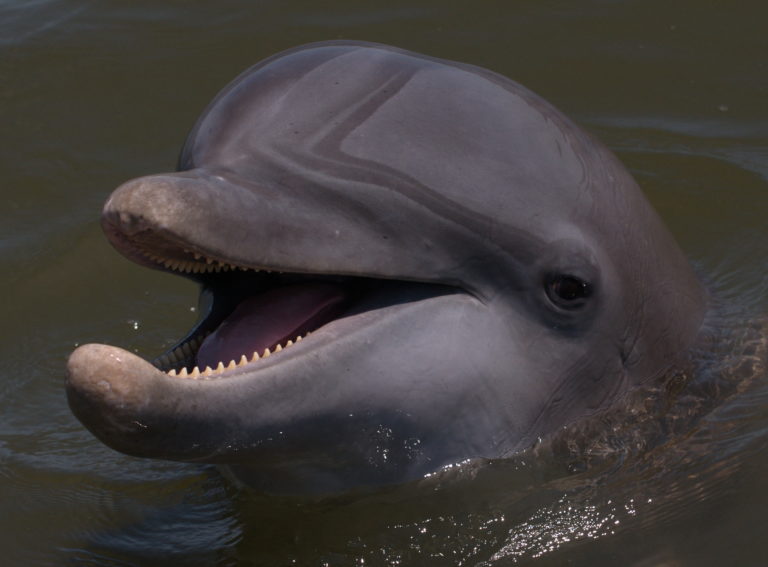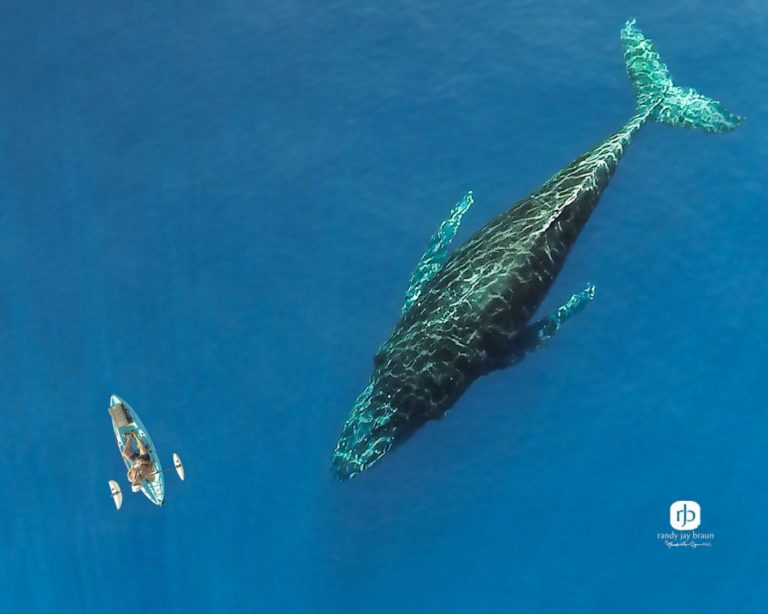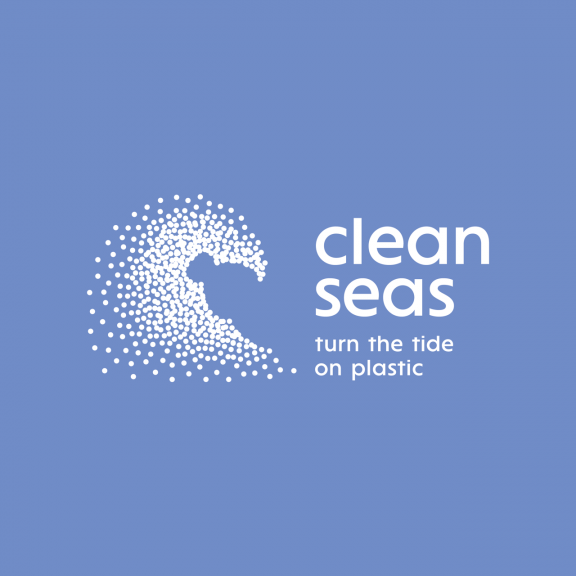Although the acronym “UME” sounds rather benign like it could be a new term of technical jargon, it really refers to something very sad. UME stands for “Unusual Mortality Event.” As defined by the Marine Mammal Protection Act, a UME is a stranding event that is unexpected, involves a significant die-off of any marine mammal population, and demands immediate response.
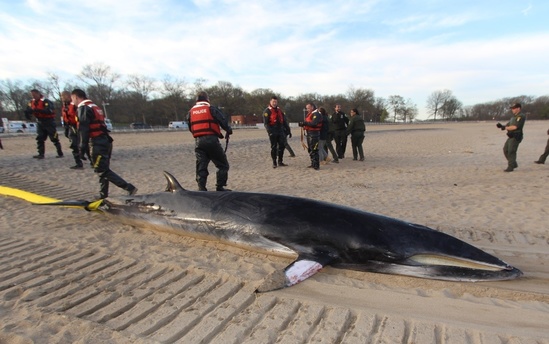
What makes a UME “unusual”? NOAA has established a national Working Group on Marine Mammal Unusual Mortality Events, consisting of experts in marine mammal health, which reviews large-scale stranding events as they’re occurring. If the working group determines that an event meets one or more of seven specific criteria, it forwards a recommendation to the NOAA Assistant Administrator for Fisheries to declare a UME.
UMEs authorize a federal investigation led by a group of marine mammal experts with a very specific focus:
- Minimize marine mammal deaths
- Determine the cause of the event
- Characterize the effect of the event on the affected population
- Identify the role of environmental parameters in the event
Understanding UMEs is crucial because they can be indicators of ocean health, giving insight into larger environmental issues which may have implications for human health. Stranding, research and rehabilitation expenses incurred during a UME are paid for with monies from the UME Contingency Fund as authorized by the Secretary of Commerce.
While UMEs are unusual because of the magnitude of their effects on marine mammal populations, they are, unfortunately, not uncommon. Most people who are not directly involved in marine mammal research or conservation don’t often hear about UMEs unless and until one is so deadly to marine animals that it appears in the news media. The current Red Tide UME in southwest Florida, in which over 50 bottlenose dolphins have died, is one such example.
More than one UME may be declared and active at any time. As of September 13th 2018, when this article was written, NOAA had three open UMEs. In addition to southwest Florida, UMEs are also in force for minke whales in the Atlantic Ocean and for harbor and gray seals in northeast US waters. While UMEs have occurred throughout US waters, the states with the highest number of UMEs are California and Florida. UMEs can also be declared multiple times in the same region when conditions that caused a previous die-off reoccur. The current red tide UME covers mostly the same area as a 2005-2006 UME that resulted in the deaths of over 90 bottlenose dolphins.
UMEs are caused by multiple factors. In the years in which multiple UMEs have been declared, each may be due to different factors and affect different species. The following two graphics illustrate these points clearly.
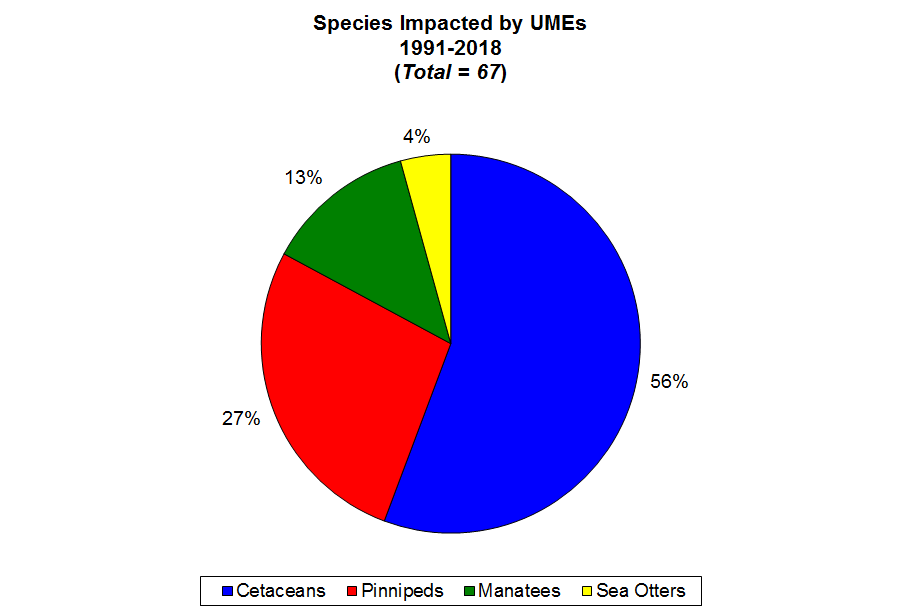
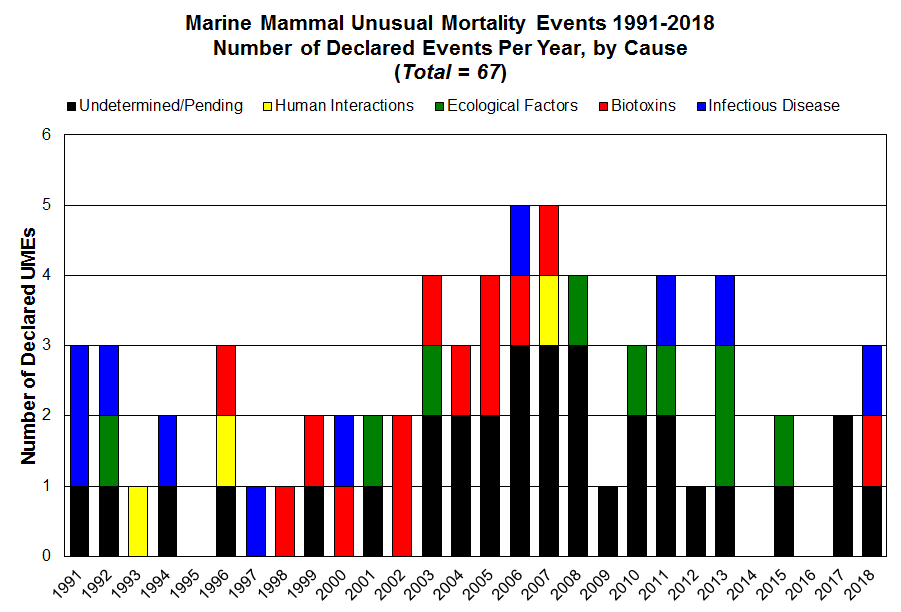
On the right-side graphic, notice the black bars labeled “Undetermined/Pending.” These show that it is sometimes very difficult to determine the proximal cause(s) of mortality in a UME. Despite an ever-increasing array of laboratory techniques being developed to detect and measure chemical and biological threats to marine mammals at the molecular level or below, there is still uncertainty as to the principal causes, perhaps awaiting the development of more sensitive diagnostic tools.
Rightfully-concerned poeple often ask questions like “Will there be an increase in UMEs in the future?” and “Is overall marine mammal health deteriorating?”. There are not simple questions with definitive answers, aside from the general difficulty of predicting the future. Many factors are involved: new biotoxins and environmental contaminants are being discovered, oceanographic conditions are changing, changes in the abundance of various marine mammal populations affect overall disease prevalence, and as mentioned above, the development of new diagnostic techniques that may change our understanding of disease processes and the magnitude of the problems they pose to marine mammals, among others. Perhaps the threat of an increase in the number of future UMEs can serve to reinforce our determination to decrease and/or remediate the environmental factors that we can control. Dolphins, seals, and manatees can’t clean up their environment to reduce the health risks. That’s on us.
Resources
www.fisheries.noaa.gov/insight/frequent-questions-unusual-mortality-events#what-is-an-unusual-mortality-event-(ume)?
www.fisheries.noaa.gov/insight/frequent-questions-unusual-mortality-events#what-criteria-define-an-ume?
www.fisheries.noaa.gov/topic/laws-policies#marine-mammal-protection-act
www.fisheries.noaa.gov/insight/frequent-questions-unusual-mortality-events#why-designate-events-as-umes?
www.fisheries.noaa.gov/national/marine-life-distress/active-and-closed-unusual-mortality-events
Gulland, F. & Hall, A. (2007). Is marine mammal health deteriorating? Trends in the global reporting of marine mammal disease. EcoHealth, 4(2), 135-150.


